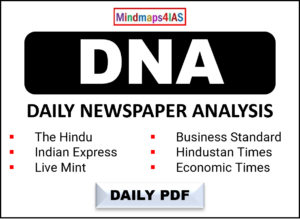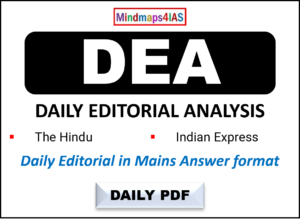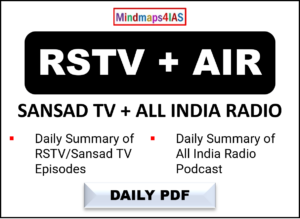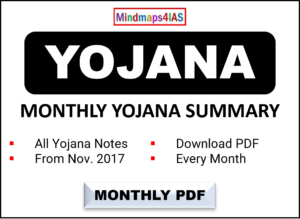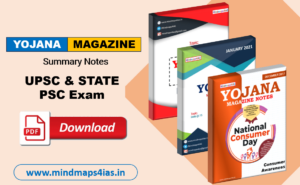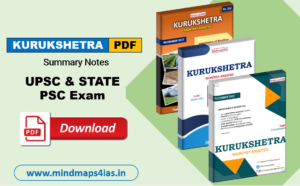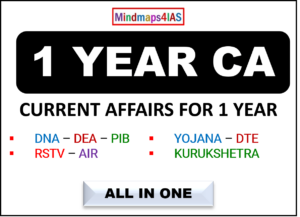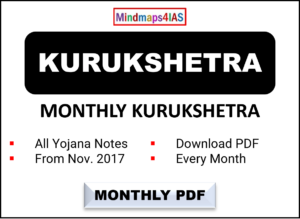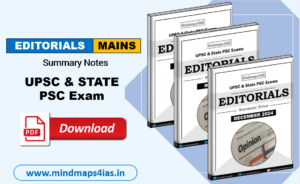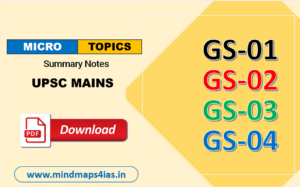UPSC Mains-2021 – General Studies 2 Trend Analysis
| No. | Question | Why UPSC Asked this question? |
| 01 | ‘Constitutional Morality’ is rooted in the Constitution itself and is founded on its essential facets. Explain the doctrine of ‘Constitutional Morality’ with the help of relevant judicial decisions. (Answer in 150 words) 10 |
|
| 02 | Discuss the desirability of greater representation to women in the higher judiciary to ensure diversity, equity and inclusiveness. (Answer in 150 words) 10 |
|
| 03 | How have the recommendations of the 14th Finance Commission of India enabled the states to improve their fiscal position?(Answer in 150 words) 10 |
|
| 04 | To what extent, in your view, the Parliament is able to ensure accountability of the executive in India? (Answer in 150 words) 10 |
|
| 05 | “Pressure groups play a vital role in influencing public policy making in India.” Explain how the business associations contribute to public policies. (Answer in 150 words) 10 |
|
| 06 | “Besides being a moral imperative of Welfare State, primary health structure is a necessary pre-condition for sustainable development.” Analyze. (Answer in 150 words) 10 |
|
| 07 | “‘Earn while you learn’ scheme needs to be strengthened to make vocational education and skill training meaningful.” Comment. (Answer in 150 words) 10 |
|
| 08 | Can the vicious cycle of gender inequality, poverty and malnutrition be broken through microfinancing of women SHGs? Explain with examples. (Answer in 150 words) 10 |
|
| 09 | “If the last few decades were of Asia’s growth story, the next few are expected to be of Africa’s.” In the light of this statement, examine India’s influence in Africa in recent years. (Answer in 150 words) 10 |
|
| 10 | “The USA is facing an existential threat in the form of a China, that is much more challenging than the erstwhile Soviet Union.” Explain. (Answer in 150 words) 10 |
|
| 11 | The jurisdiction of the Central Bureau of Investigation(CBI) regarding lodging an FIR and conducting probe within a particular state is being questioned by various States. However, the power of States to withhold consent to the CBI is not absolute. Explain with special reference to the federal character of India. (Answer in 250 words) 15 |
|
| 12 | Though the Human Rights Commissions have contributed immensely to the protection of human rights in India, yet they have failed to assert themselves against the mighty and powerful. Analyzing their structural and practical limitations, suggest remedial measures. (Answer in 250 words) 15 |
|
| 13 | Analyze the distinguishing features of the notion of Equality in the Constitutions of the USA and India. (Answer in 250 words) 15 |
|
| 14 | Explain the constitutional provisions under which Legislative Councils are established. Review the working and current status of Legislative Councils with suitable illustrations. (Answer in 250 words) 15 |
|
| 15 | Do Department -related Parliamentary Standing Committees keep the administration on its toes and inspire reverence for parliamentary control? Evaluate the working of such committees with suitable examples. (Answer in 250 words) 15 |
|
| 16 | Has digital illiteracy, particularly in rural areas, couple with lack of Information and Communication Technology(ICT) accessibility hindered socio-economic development? Examine with justification. (Answer in 250 words) 15 |
|
| 17 | “Though women in post-Independent India have excelled in various fields, the social attitude towards women and feminist movement has been patriarchal.” Apart from women education and women empowerment schemes, what interventions can help change this milieu? (Answer in 250 words) 15 |
|
| 18 | Can Civil Society and Non-Governmental Organizations present an alternative model of public service delivery to benefit the common citizen. Discuss the challenges of this alternative model. (Answer in 250 words) 15 |
|
| 19 | Critically examine the aims and objectives of SCO. what importance does it hold for India. (Answer in 250 words) 15 |
|
| 20 | The newly tri-nation partnership AUKUS is aimed at countering China’s ambitions in the Indo-Pacific region. Is it going to supersede the existing partnerships in the region? Discuss the strenght and impact of AUKUS in the present scenario. (Answer in 250 words) 15 |
|

